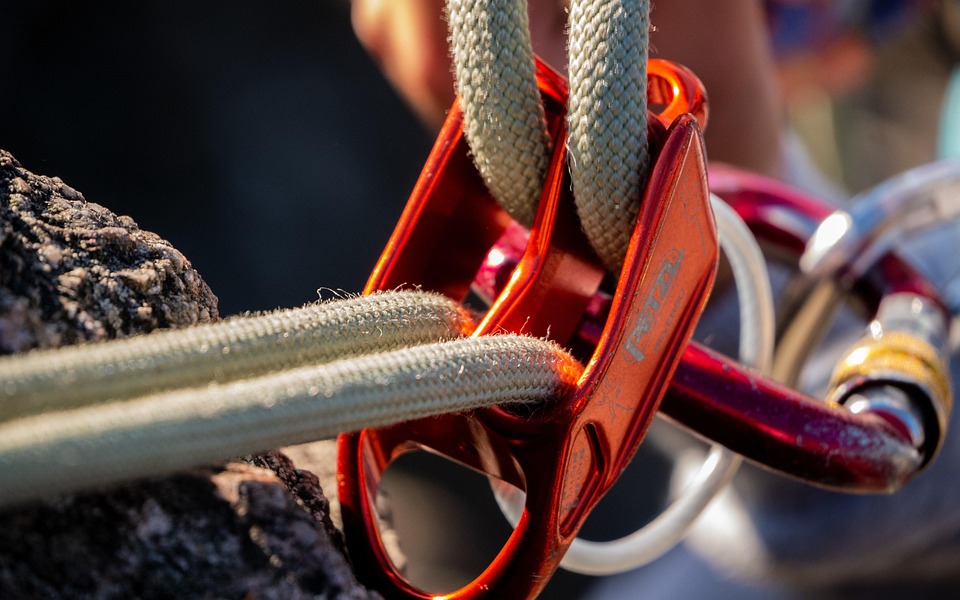In recent years, the outdoor community has become increasingly aware of its environmental footprint. As more enthusiasts venture into nature, the impact of climbing on delicate ecosystems, wildlife, and natural landscapes has prompted a shift toward more sustainable practices. Eco-conscious climbing not only seeks to minimize harm to the environment but also promotes a deeper respect for the natural world. Here are several ways outdoor enthusiasts can adopt sustainable practices on their climbing adventures.
1. Leave No Trace Principles
The Leave No Trace (LNT) principles are cornerstones of eco-conscious outdoor practices. They serve as a guide for minimizing your impact while climbing:
- Plan Ahead and Prepare: Research the area you’re visiting; understand the local wildlife, weather, and environmental concerns.
- Travel and Camp on Durable Surfaces: Stick to established trails and climbing routes. Avoid trampling on vegetation or creating new paths.
- Dispose of Waste Properly: Pack out what you pack in—this includes food scraps and human waste. Use biodegradable soap and dispose of waste in designated areas.
2. Considerations for Gear
When choosing climbing gear, consider the environmental impact of manufacturing and disposing of equipment. Here are some eco-conscious options:
- Buy Used Gear: Opt for second-hand climbing gear from local shops or online marketplaces. This reduces demand for new products and extends the lifecycle of existing gear.
- Choose Sustainable Brands: Look for companies that prioritize sustainability in their manufacturing processes, using eco-friendly materials, ethical labor practices, and committing to take-back or recycling programs.
- Invest in Quality: Durable, high-quality gear may have a higher upfront cost but will last longer, reducing the need for frequent replacements.
3. Respect Wildlife and Natural Habitats
Climbers should be mindful of the ecosystems they explore:
- Avoid Nesting Areas: During climbing seasons, take care to avoid areas known for nesting birds or endangered species. Closed crags during specific seasons are a call to respect and protect wildlife.
- Stick to Designated Routes: Climbs have established paths for a reason. Straying off designated routes can lead to erosion, habitat destruction, and disturbances to local wildlife.
4. Educate and Advocate
Education and advocacy are crucial components of eco-conscious climbing:
- Share Knowledge: Engage fellow climbers in discussions about the importance of sustainability and environmental stewardship. Leading by example can inspire others to adopt eco-friendly practices.
- Support Conservation Efforts: Many organizations work toward protecting climbing areas and preserving natural environments. Consider donating, volunteering, or participating in clean-up events.
5. Sustainable Transportation
The journey to the climbing site often contributes significantly to your overall carbon footprint. Consider these options to reduce emissions:
- Carpool: Coordinate trips with fellow climbers to minimize the number of vehicles on the road.
- Use Public Transport: Where possible, take advantage of public transit to access climbing areas. This can significantly cut down on individual carbon emissions.
6. Offset Your Carbon Footprint
If you’re unable to reduce your carbon emissions through transportation, consider supporting projects that offset your impact:
- Invest in Renewable Energy Projects: Contribute to initiatives that promote wind, solar, or other renewable energy sources.
- Plant Trees: Participate in or support reforestation efforts that work toward restoring natural habitats and absorbing carbon.
Conclusion
Eco-conscious climbing is not just a trend; it’s a necessity for the preservation of our cherished outdoor spaces. By adopting sustainable practices, climbers can enjoy their passion while ensuring that future generations can experience the same beauty and thrill that drives them today. Emphasizing respect for nature, education, and advocacy not only enriches our climbing experiences but helps safeguard the environment that inspires us. Let’s make sustainability a central part of our climbing journeys, one ascent at a time.



